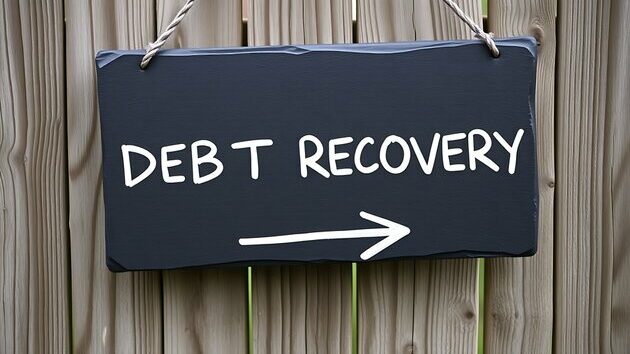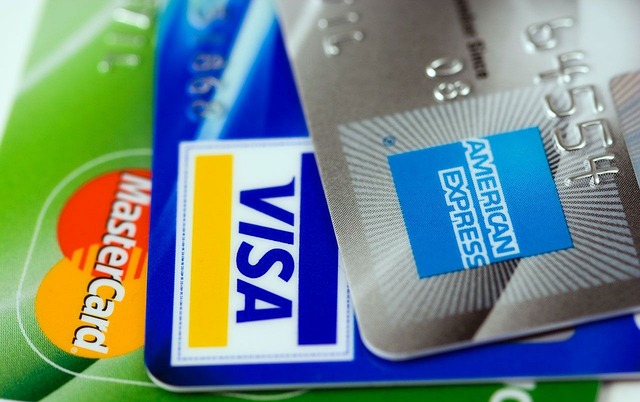Credit card debt can feel like a giant, shadowy monster looming over your finances. But what exactly is it? At its core, credit card debt comes from borrowing money on your credit card that you’re unable to pay back in full each month. This leads to interest piling up, and before you know it, you’re in deep.
Many folks end up in credit card debt because of unexpected expenses like medical bills or car repairs. Others might fall into the trap of overspending on lifestyle and daily needs without a solid plan to repay. The repercussions? Stress, anxiety, and, not to mention, a dent in your credit score.
Debt isn’t just numbers on paper; it’s a heavy weight that can affect your emotional wellbeing too. Feeling trapped by debt can lead to stress and anxiety, impacting everything from your ability to focus to your overall mood.
Managing debt might sound intimidating, but hey, it’s essential for financial peace of mind. Understanding what causes your debt and how to tackle it is the first step towards getting back in control.
Strategies to Quickly Eliminate Credit Card Debt
Getting rid of credit card debt as fast as possible is often a top priority. The key here is to have a concrete plan and commitment. One effective strategy is to focus on paying more than the minimum amount due. Even a small extra payment can significantly reduce the debt over time and cut down on interest charges.
Two popular methods can help tackle debt—the Snowball and the Avalanche methods. The Snowball method involves paying off the smallest debts first to build momentum, while the Avalanche method targets debts with the highest interest rates to save money on interest in the long run. Both have their perks, so choose one that suits your style and keeps you motivated.
The 15-3 rule is a handy trick that helps manage payments smartly. The idea is to make an initial payment 15 days before your due date and a second one 3 days before. Doing this twice a month can reduce your balance faster and help improve your credit score over time.
Some practical tips include setting a strict budget, cutting unnecessary expenses, using cash instead of cards for daily purchases, and consistently tracking your spending. Staying disciplined in these areas can make a big difference in how quickly you eliminate that debt.
Negotiating with Credit Card Companies
Ever thought about the idea of just asking your credit card company for help? Sounds simple, but it’s a powerful move if you know how to play your cards right. If you’re knee-deep in debt, it might be time to pick up the phone and see what they can do for you.
Knowing your rights is important here. You have the ability to negotiate lower interest rates or even request a reduction in fees. It’s not always a guarantee, but it doesn’t hurt to ask, especially if you’re struggling to make ends meet.
When thinking about settlement, the big question is, what percentage will a credit card company settle for? It varies, but some companies might settle for anywhere between 30% to 60% of the total debt. Don’t be afraid to negotiate a figure that works for you.
Look into working with a credit counseling service as they offer professional help and can act on your behalf during these negotiations. They’re like a financial buddy that knows the ropes of credit card negotiations better than most.
Remember, every action has its pros and cons. Settling debt might affect your credit score, but it can also free you from the suffocating grip of growing interest. Weigh these carefully and make sure any agreement aligns with your financial goals.
Recovering from Large-Scale Debt

Facing a hefty $30,000 credit card debt might seem like climbing Everest, but it’s totally tackle-able with the right approach. Start by dissecting your debt, listing each one out, and understanding where it’s coming from. Consider consolidating these debts into one manageable payment if you can secure a lower interest rate. It simplifies your monthly finances and can reduce stress in the long run.
Rebuilding your financial health goes beyond paying off debt. It’s about creating new money habits that keep you out of debt for good. Set up a sturdy budget, focusing first on essentials, then splurge a bit if there’s room, but always track every dollar. Saving up an emergency fund can also be a life-saver when unexpected expenses pop up again.
Boosting your financial literacy is key to staying debt-free. Read books, attend workshops, or even chat with those financially savvy friends who make budgeting look like a breeze. Understanding finances better will guide you in making smarter spending choices.
Visualizing a debt-free life helps keep you motivated. Plan for a debt-free future by setting clear, attainable financial goals. Picture yourself saving for that dream vacation or stashing away for a comfortable retirement. Having something to look forward to can make all that effort pay off in the most rewarding ways.

This post provides a practical and empowering guide for tackling credit card debt, which is a struggle many people face. The breakdown of strategies like the Snowball and Avalanche methods, alongside actionable tips like the 15-3 rule, is incredibly helpful. I appreciate the encouragement to negotiate with credit card companies and the reminder to balance immediate debt relief with long-term financial health.
What advice would you give to someone deciding between the Snowball and Avalanche methods if their primary goal is staying motivated during the debt repayment journey?
In my experience, I’ve found the Snowball method great for staying motivated—paying off smaller debts first gives a sense of accomplishment. Once those are cleared, I reallocate the freed-up funds toward larger debts to pay them down quicker. It’s a mix of momentum and strategy that keeps me on track!